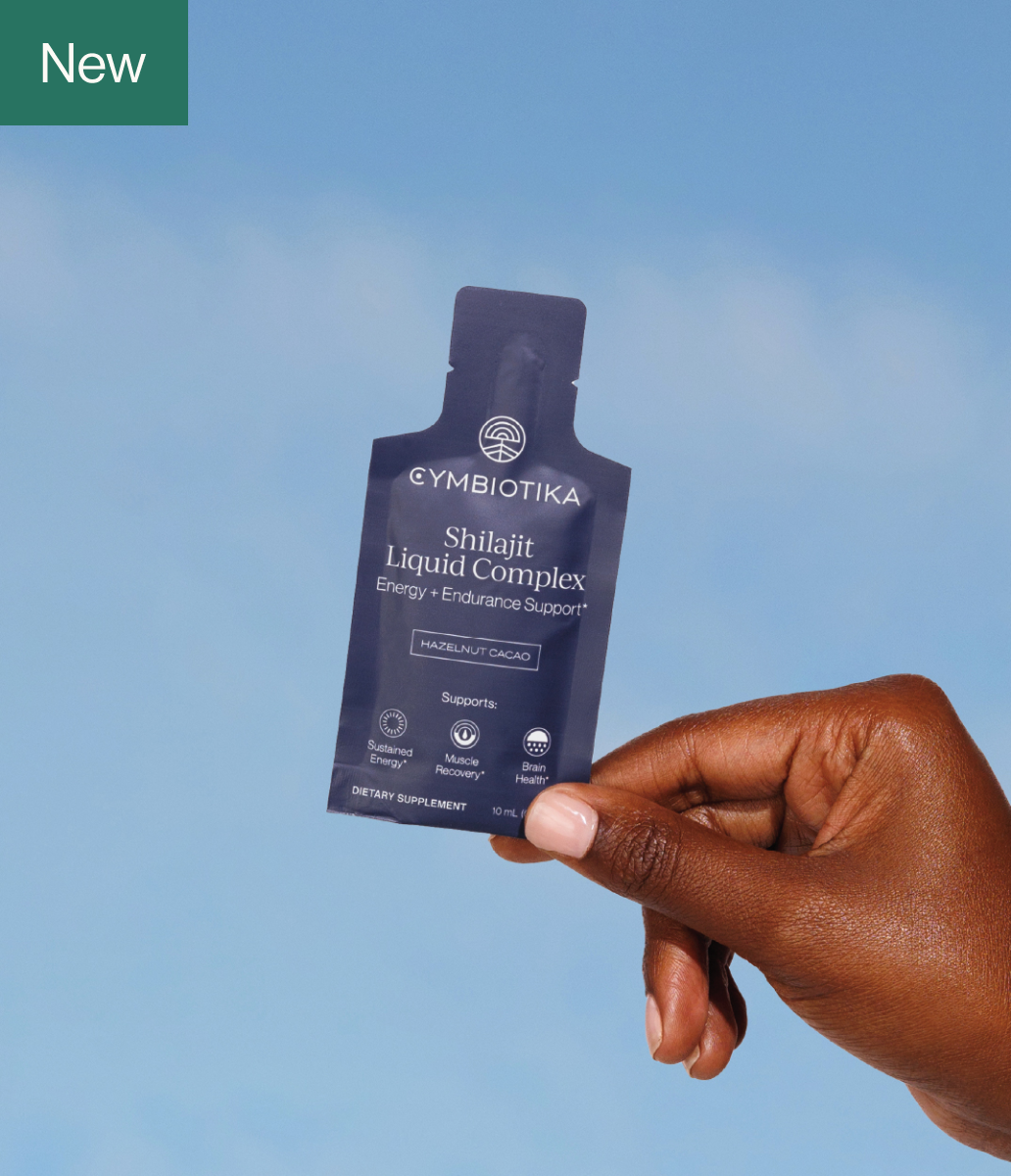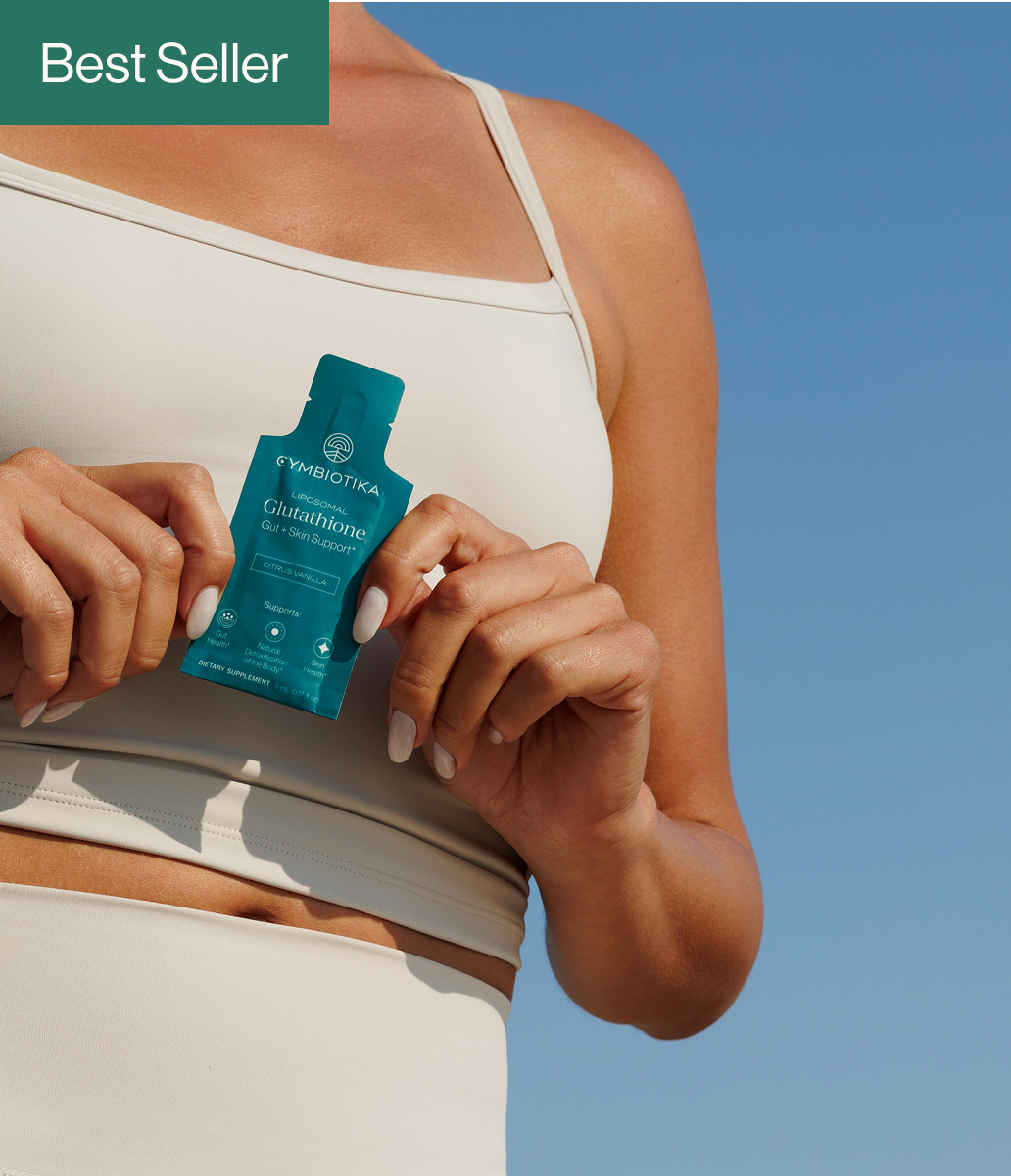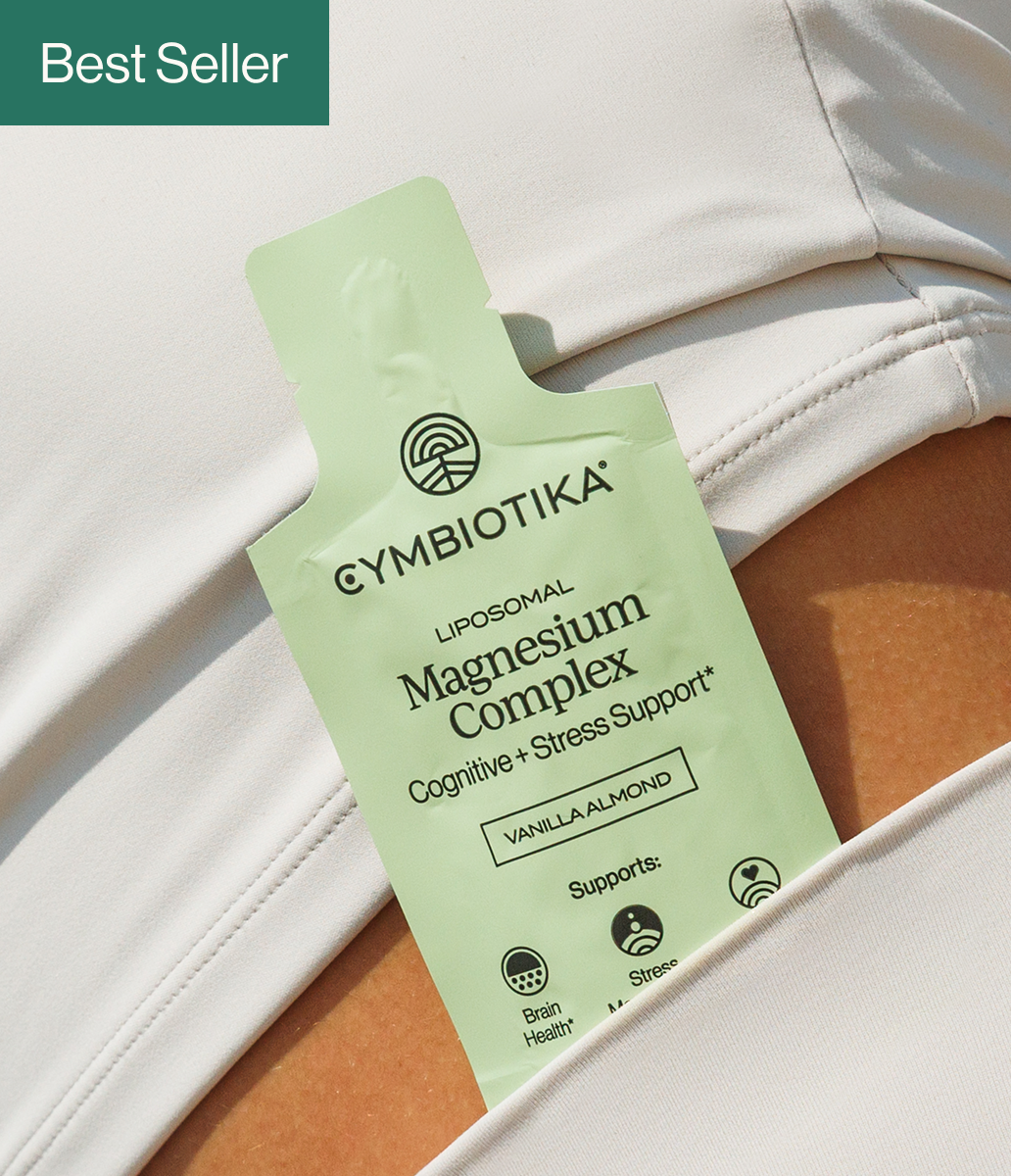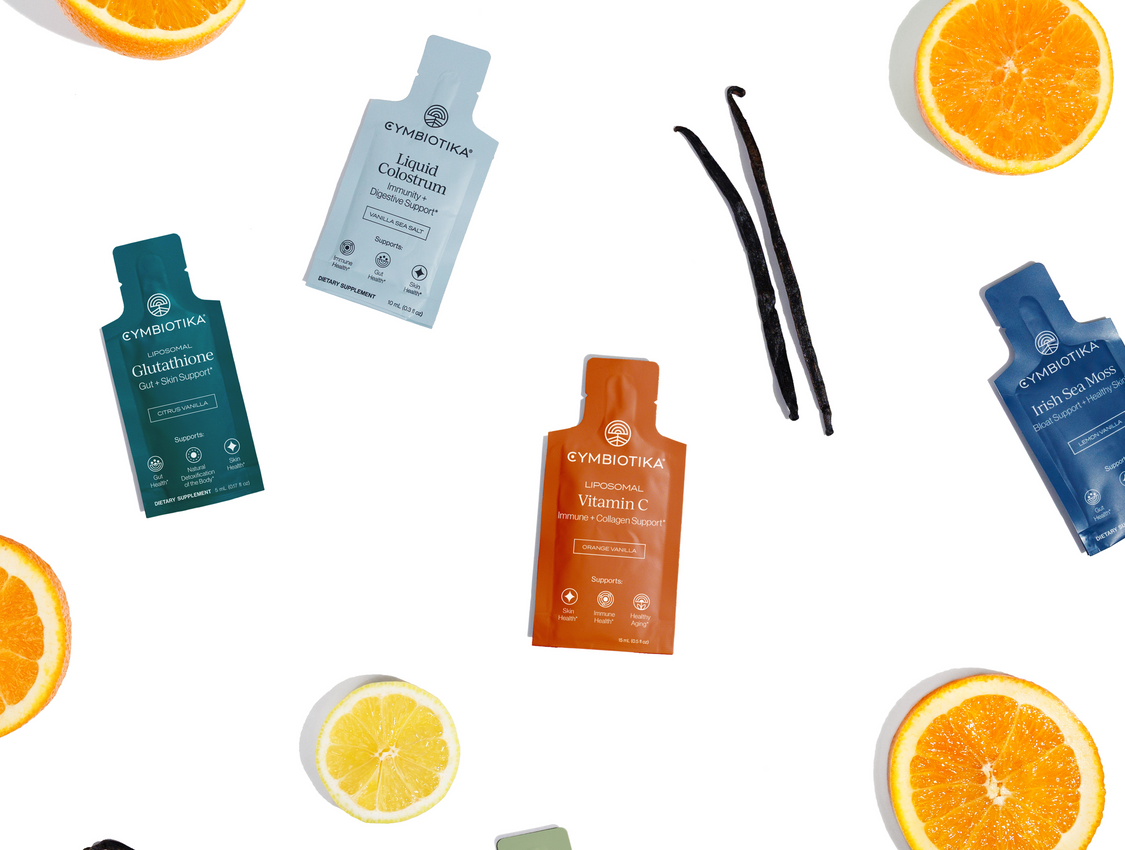Table of Contents
- Introduction
- The Benefits of Organic Soap
- Essential Ingredients for Organic Soap
- Step-by-Step Guide to Making Organic Soap
- Customizing Your Soap for Glowing Skin
- Conclusion
- FAQ
Introduction
Have you ever wondered what makes your skin radiate with a natural glow? The secret often lies in the products we use and the ingredients they contain. In a world where many skincare products are laden with chemicals, there has been a growing movement towards using natural ingredients that nourish the skin. One such method is making organic soap, which not only cleanses but also enriches the skin with vitamins and minerals.
At Cymbiotika, we believe that wellness starts with trust. Our commitment to transparency and quality is reflected in our science-backed supplements, and we bring that same ethos to the world of skincare. In this guide, we will explore how to make organic soap for glowing skin, emphasizing the benefits of natural ingredients and the importance of understanding what goes into our products.
By the end of this post, you'll learn about the essential ingredients needed for crafting your own organic soap, the step-by-step process to make it, and how to customize it for your specific skin needs. We'll also highlight the advantages of using organic soap over commercial alternatives and share tips for achieving the best results.
As we embark on this soap-making journey together, let’s reflect on our own skincare routines and consider how we can incorporate more natural, wholesome products into our lives. Are you ready to discover the art of soap making that could revolutionize your skincare regimen?
The Benefits of Organic Soap
Before diving into the soap-making process, it’s essential to understand the numerous benefits of using organic soap. Unlike commercial soaps that can contain synthetic ingredients and harmful chemicals, organic soaps are made from natural ingredients that are gentle on the skin. Here are some key benefits:
-
Natural Ingredients: Organic soaps are crafted from plant-based oils, butters, and essential oils, ensuring that your skin is nourished without the potential irritations caused by synthetic additives.
-
Gentle on Skin: Many commercial soaps contain harsh detergents that can strip the skin of its natural oils, leading to dryness and irritation. Organic soaps maintain the skin's moisture balance, making them suitable for all skin types.
-
Eco-Friendly: By using organic ingredients, you support sustainable farming practices and reduce your environmental footprint. This aligns perfectly with our mission at Cymbiotika to promote wellness for both individuals and the planet.
-
Customization: When making your own soap, you can tailor the ingredients to meet your specific skin needs. Whether you want added hydration, exfoliation, or soothing properties, the choice is yours.
-
Cost-Effectiveness: While high-quality organic soaps can be pricey, making your own can be a budget-friendly alternative, allowing you to create larger batches at a fraction of the cost.
Essential Ingredients for Organic Soap
To create a soap that promotes glowing skin, we must choose our ingredients wisely. Here are some essential components you’ll need:
Oils and Butters
-
Coconut Oil: Known for its moisturizing properties, coconut oil helps create a rich lather while keeping the skin hydrated.
-
Olive Oil: A staple in soap making, olive oil is excellent for nourishing the skin and providing a silky feel.
-
Shea Butter: Renowned for its deep moisturizing benefits, shea butter helps soothe and protect the skin.
-
Castor Oil: This oil enhances lather and provides a moisturizing effect, making it a popular choice in soap recipes.
Additives for Glowing Skin
-
Turmeric Powder: Known for its anti-inflammatory properties, turmeric can help brighten the skin and reduce blemishes.
-
Honey: A natural humectant, honey draws moisture to the skin and has antibacterial properties that can help keep the skin clear.
-
Essential Oils: Essential oils like lavender, tea tree, or lemon not only provide a pleasant fragrance but also offer various skin benefits.
Lye (Sodium Hydroxide)
Lye is a crucial ingredient in the soap-making process, as it reacts with the oils to create saponification—a chemical reaction that transforms the oils into soap. It is essential to handle lye with care, following safety precautions.
Step-by-Step Guide to Making Organic Soap
Now that we have our ingredients lined up, let’s dive into the step-by-step process of making organic soap for glowing skin.
Step 1: Gather Your Materials
Before you start, ensure you have all the necessary materials:
- Ingredients: Coconut oil, olive oil, shea butter, castor oil, lye, distilled water, turmeric powder, honey, essential oils.
- Equipment: A digital kitchen scale, mixing bowls, a stick blender, soap molds, safety goggles, and gloves.
Step 2: Measure Your Ingredients
Using a digital scale, measure out your oils and lye carefully. The typical ratio for a basic soap recipe is about 30% solid oils (like coconut and shea butter) and 70% liquid oils (like olive and castor oil). For every 100 grams of oils, you will need about 13-15 grams of lye, depending on the oil blend.
Step 3: Prepare the Lye Solution
In a well-ventilated area, carefully mix the lye with distilled water. Always add lye to water and not the other way around to prevent a dangerous reaction. Stir gently until the lye is fully dissolved, and let it cool to room temperature.
Step 4: Melt the Oils
In a separate pot, melt your solid oils (coconut oil and shea butter) over low heat. Once melted, remove from heat and add your liquid oils. Allow the mixture to cool to around 100-110°F (37-43°C).
Step 5: Combine Lye and Oils
Once both the lye solution and the oils are at the same temperature, slowly pour the lye solution into the oils while stirring continuously. Use a stick blender to mix until you reach a light trace (the consistency should be like thin pudding).
Step 6: Add Additives
At this stage, you can add your turmeric powder, honey, and essential oils. Blend well to ensure everything is incorporated.
Step 7: Pour into Molds
Carefully pour the soap mixture into your prepared molds. Tap the molds gently to remove any air bubbles.
Step 8: Insulate and Cure
Cover your molds with a towel to insulate the soap as it saponifies. After 24-48 hours, once the soap has hardened, carefully remove it from the molds and cut it into bars. Allow the bars to cure in a cool, dry place for 4-6 weeks to ensure complete saponification.
Step 9: Enjoy Your Organic Soap
Once cured, your organic soap is ready to use! Enjoy the nourishing benefits of your handmade creation while feeling confident in the quality and ingredients.
Customizing Your Soap for Glowing Skin
As we mentioned earlier, one of the significant advantages of making your own soap is the ability to customize it. Here are a few ideas to personalize your organic soap for glowing skin:
-
For Oily Skin: Incorporate clay (like bentonite or kaolin) to help absorb excess oil and impurities.
-
For Dry Skin: Add moisturizing ingredients such as avocado oil or almond oil for extra hydration.
-
For Sensitive Skin: Use gentle essential oils like chamomile or calendula and avoid strong fragrances.
-
For Exfoliation: Add natural exfoliants like oatmeal, coffee grounds, or sugar to help slough off dead skin cells.
Conclusion
Creating organic soap for glowing skin is a rewarding and empowering process that allows us to take control of our skincare and make informed choices about the products we use. By blending high-quality, natural ingredients, we can craft soaps tailored to our specific skin needs—free from harmful chemicals and additives.
At Cymbiotika, we are dedicated to transparency and quality in all our products, and we encourage you to explore the potential of organic soap-making. Not only does it enhance your skincare routine, but it also aligns with our mission to promote wellness in our communities.
Are you ready to embark on this journey? Together, let’s embrace the benefits of organic ingredients and create something beautiful for our skin. If you're curious about other ways to enhance your wellness journey, consider taking our AI quiz to discover the best supplement tailored to your needs or explore our Skin Health collection for additional support.
FAQ
1. Can I use any type of oil in my soap?
While you can experiment with various oils, it’s best to use oils that are known for their skin benefits, such as olive, coconut, and jojoba oils. Each oil has different properties that can affect the final product.
2. How long will my soap last?
With proper care, handmade soap can last for several months. Store it in a cool, dry place away from direct sunlight to maintain its quality.
3. Is it safe to use lye in soap making?
Yes, lye is safe when used correctly. Always follow safety precautions, such as wearing gloves and goggles, and ensure you work in a well-ventilated area.
4. Can I add colorants to my soap?
Absolutely! Natural colorants such as clays, herbs, and spices can be added to enhance the appearance of your soap without resorting to synthetic dyes.
5. How can I ensure my soap is suitable for my skin type?
Choose ingredients based on your skin's needs. For example, use moisturizing oils for dry skin and non-comedogenic oils for oily skin. Always conduct a patch test with new ingredients to ensure compatibility.
Incorporating organic soap into your skincare routine can lead to healthier, more radiant skin while aligning with our mission at Cymbiotika to empower your wellness journey. Happy soap making!
*These statements have not been evaluated by the Food and Drug Administration. This product is not intended to diagnose, treat, cure, or prevent any disease.
















